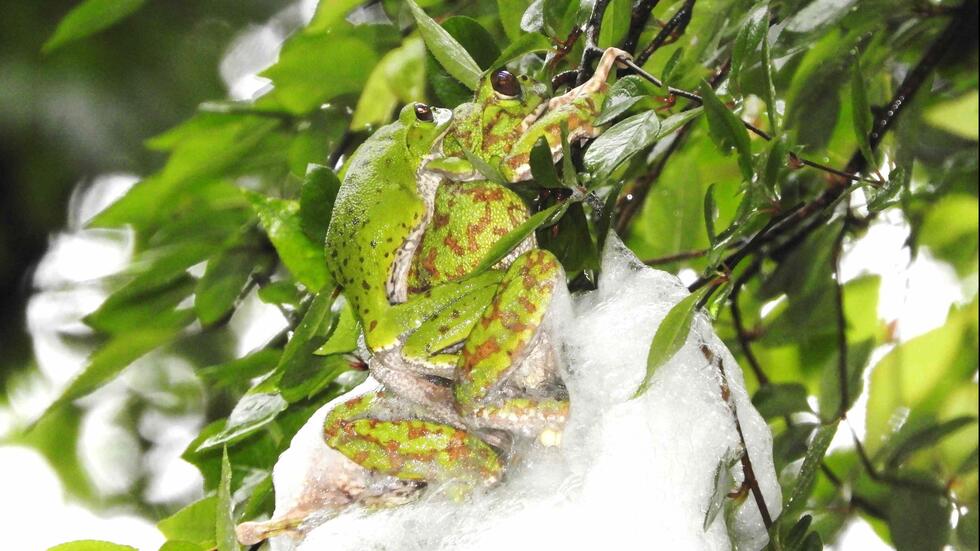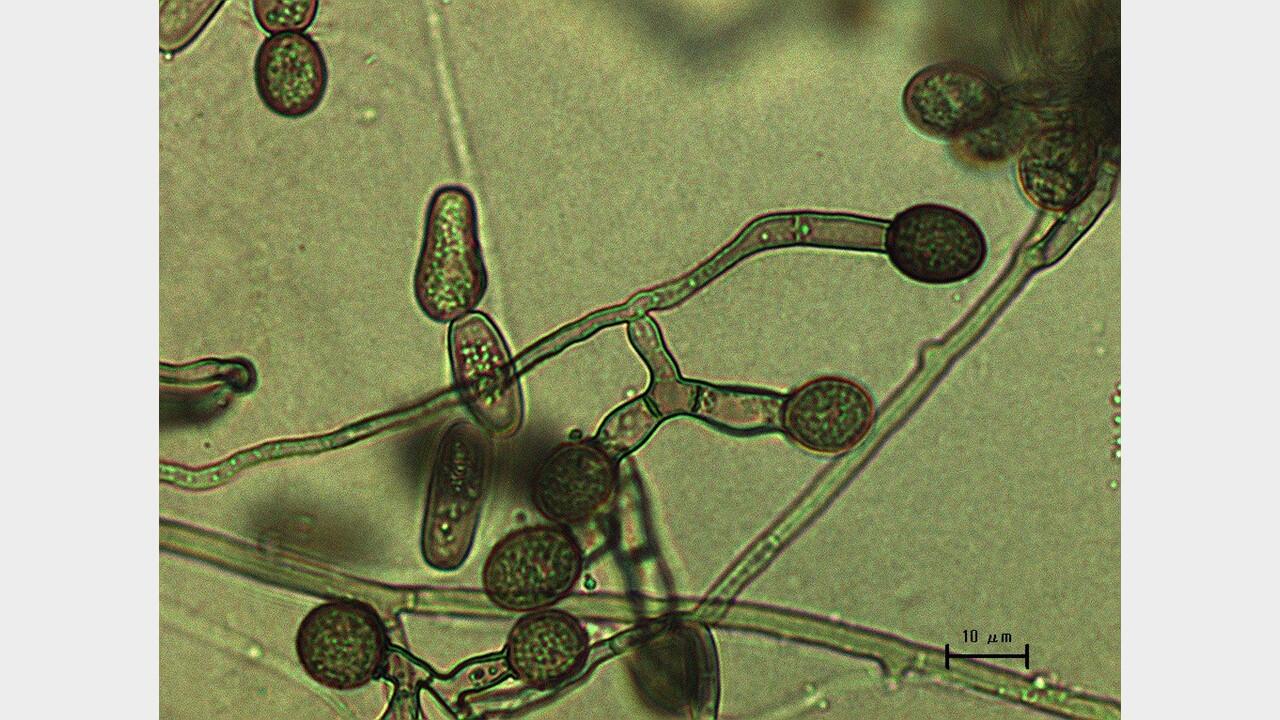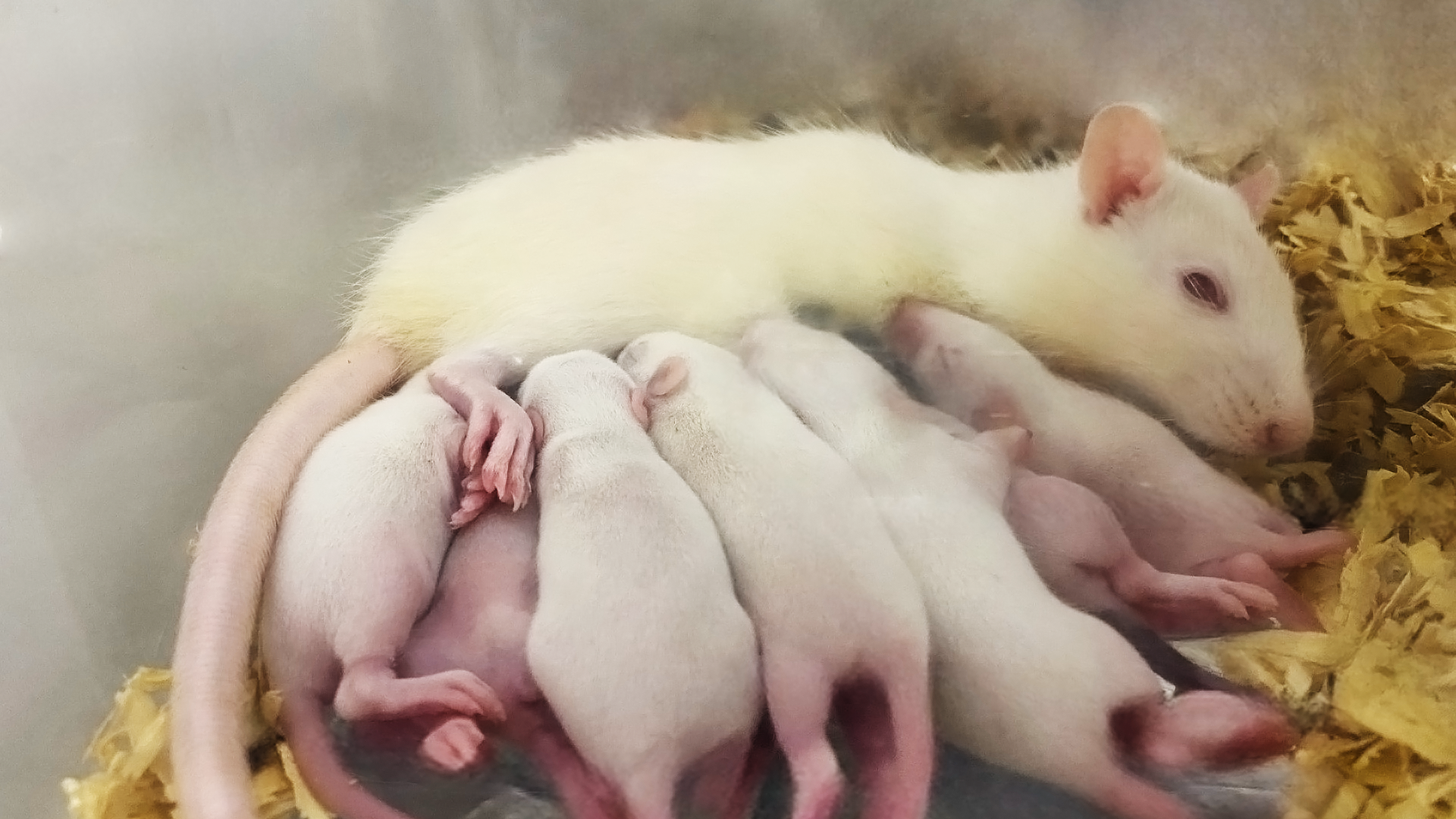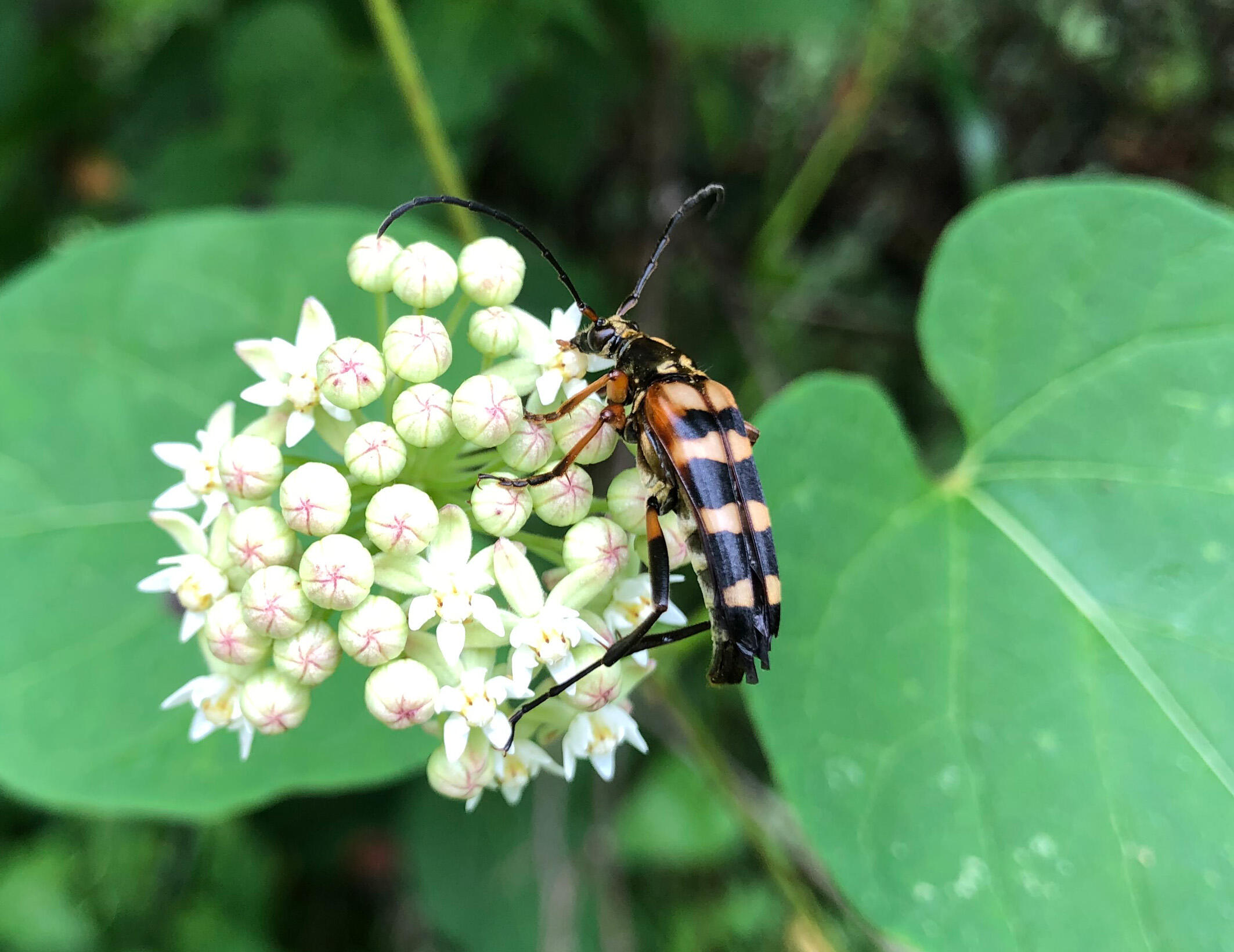
When it comes to laying eggs, tree frogs have some unusual habits. Instead of always laying their eggs on tree branches where they usually live, they often lay their eggs on the ground. But why would a tree frog do this, especially when it puts its eggs at risk from predators such as snakes?
To solve this puzzle, a team from Nagoya University in Japan studied the spawning behavior of the forest green tree frog (Zhangixalus arboreus), a species commonly found in Japanese forests. They found that the frog’s behavior is likely part of a strategy to avoid the colder environment in tree branches in favor of a warmer environment on the ground. They reported their findings in Ecology and Evolution.
Tree frogs create distinctive “foam nests” by bubbling secretions from their bodies to protect their eggs. The foam nest is usually white or light in color, resembling a mass of small bubbles clustered together. These amazing amphibians create their nests by whipping air into a secretion from their body that produces a foamy, frothy substance. These nests are essential to protect developing eggs and embryos by providing a stable and biocompatible environment that also offers protection from predators.
When building their nests, tree frogs use a mixed strategy. Sometimes the frogs build nests on the ground and sometimes they build them on tree branches overhanging ponds and marshes. Doctoral student Yukio Ichioka from the Graduate School of Bioagricultural Sciences and his supervisor Professor Kajimura wondered why they did this.
“In some areas, we find foam nests on the ground around ponds, even though there are trees suitable for building bubble nests,” lead researcher Yukio Ichioka said. “However, it was a mystery as to why they lay their eggs on the ground where they are at risk of predation by their natural enemies.”
To better understand this behavior, the researchers compared the temperatures inside a sample of nests on the ground, a sample of nests on tree branches, and the environmental temperature. They also calculated the hatchability rate of eggs by counting the number of eggs that hatched into tadpoles and the number of eggs that did not.
Ichioka and Kajimura found that tree frogs employ a rather complicated egg-laying strategy. When the air temperature was low, the internal temperature in the foam nests on the ground was warmer than that of the surrounding area.
This heat retention effect was mainly demonstrated at night when the temperature was lower. The above-ground foam nests protected the eggs from low temperatures and increased the probability of hatching. This conclusion was supported by the hatchability rate of the eggs being higher at ground level than at tree level.
Their findings suggest the previously unknown adaptive significance of tree frog egg laying on the ground. That is, laying eggs on the ground protects them from the cold. This is an important behavior given that forest green tree frogs sometimes live in areas high above sea level.
“These findings will be an important contribution to understanding the evolution of spawning behavior in amphibians,” said Kajimura. “They will also shed light on the adaptation strategies of forest organisms to the thermal environment. Our research is important for the relationships between climate and animal behavior and can contribute to understanding the evolution of behavior, especially in the current environment.”
The researchers are keen to test their theory with other frogs. “We plan to begin research on Zhangixalus viridis in Okinawa in April 2024,” Ichioka said. He is excited about the prospect of further research: “Frogs other than Z. arboreus also make foam nests, so our findings can provide more insights into their ecology and adaptive evolution.”
The study, “Arboreal or terrestrial: Oviposition site of Zhangixalus frogs affects the thermal function of foam nests,” was published in Ecology and Evolution on March 5, 2024, at DOI: 10.1002/ece3.10926.
Authors
Yukio Ichioka, Hisashi Kajimura
Media Contact
Matthew Coslett
- International Communications Office, Nagoya University
- Email: icomm_research@t.mail.nagoya-u.ac.jp
Top image: A tree frog: female (larger individual below) laying eggs, which are protected by the ‘foam nest’, and male (smaller individual above)
(Credit: Ichioka Yukio)








